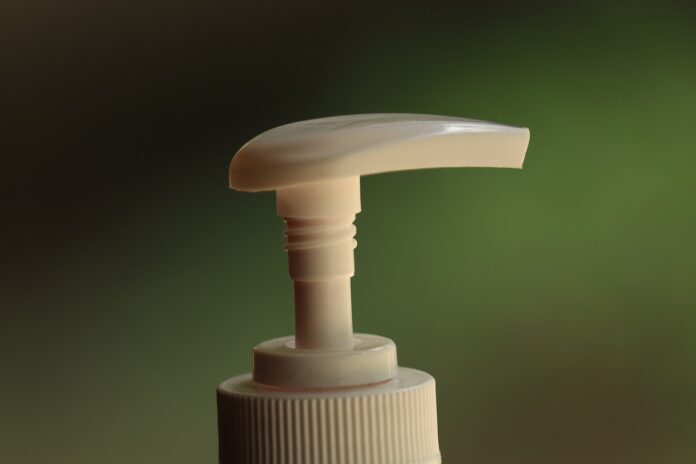Last Updated on December 1, 2020
Human hands are absolute germ carriers, so it’s smart to assume that all the surfaces that come in contact with many different hands can be quite germy. Even though you can’t exactly see the germs, you can control how you clean your own environments, like your home, your car, or even everyday objects like your cellphone.
But when you are traveling, things get a little complicated. Knowing how to travel safely without getting sick requires you to be aware of all the germiest surfaces/places you can find during your traveling journey, so you can disinfect them properly and avoid any contamination.
So here are 10 of the germiest places and surfaces you might encounter during your travels!
Firstly, it’s important to know how to avoid spreading germs: in this case, the best you can do is try to avoid leaving a wet sink, as creating a moisty and closed environment will contribute to the multiplication of germs.
Secondly, you can take a pack of tissues with you and use them to open the bathroom door, for example. Once you return to your seat, remember to disinfect your hands.
This is probably one of the germiest places in public, which is why we would advise you to avoid storing any of your belongings inside those pockets.
So, if you keep wondering how to avoid germs while flying, you should stay away from those useful but dirty tray tables.
We have talked about bathrooms, seat pockets, and tray tables, but have you ever thought about how dirty the blankets and pillows they give away on airplanes might be? Just think about it – the crew will have no time to sanitize the blankets and pillows between shorter flights.
This means you may end up getting a blanket that was used before by someone who was sick and, and as a result, you might get sick as well. Only accept free pillows and blankets if they are delivered to you inside a sealed plastic bag.
This happens because while bathrooms are disinfected many times throughout the day, water fountains are rarely cleaned. So, if you are traveling and come across a public water fountain, think twice before filling your bottle there.
And who knows what might be hiding in those covers! From bodily fluids to bedbugs, the truth is that hotel bedspreads might be filled with all sorts of yucky particles.
Even if you carry sanitizing products for travel with you, there is nothing you can do to disinfect your bed’s covers. The best you can do is remove them entirely and cover yourself with nothing but the washed sheets or blankets.

























